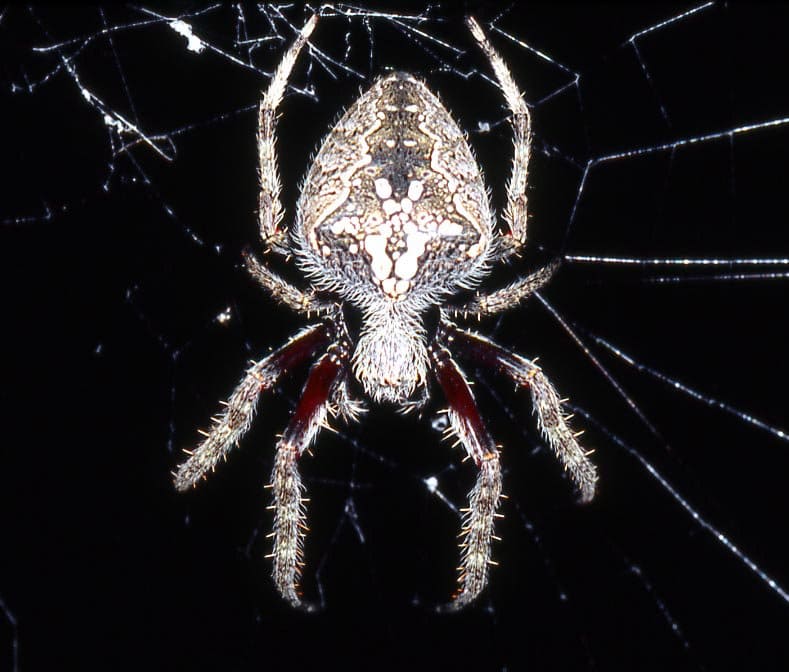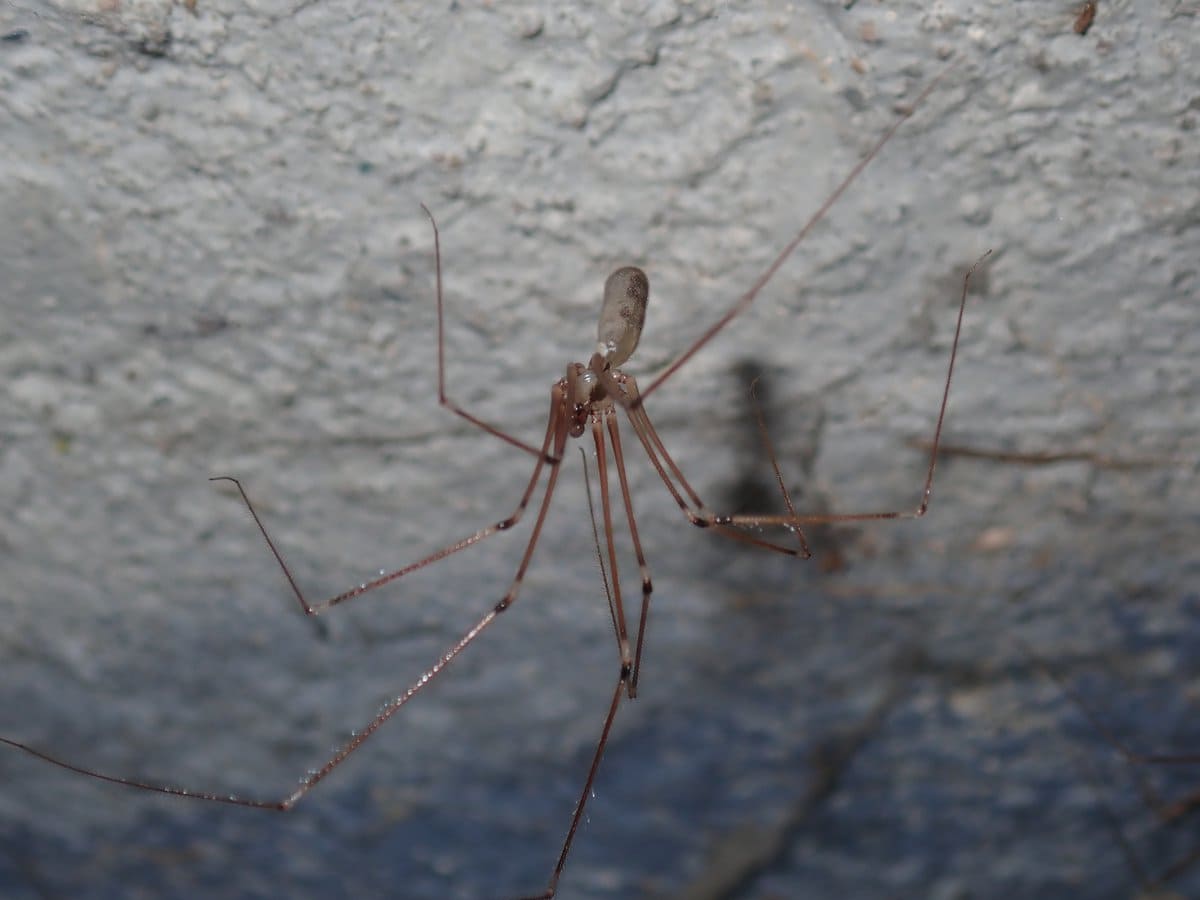Zorotypus sinensis
IUCN
LCBasic Information
Scientific classification
- name:Zorotypus sinensis
- Scientific Name:Zorotypus sinensis
- Outline:Arthropoda
- Family:Insecta O.Neoptera F.Neoptera G.Neoptera
Vital signs
- length:3-5mm
- Weight:No verification information
- lifetime:No verification information
Feature
Dark brown, head nearly triangular in frontal view
Distribution and Habitat
The Chinese wingless insect is distributed in Tibet, China (Zayu and Benzui).
Appearance
The adult body of the Chinese wingless insect is 3-4 mm long. The winged individuals are dark brown, while the wingless ones are light in color. The head is larger and triangular. The winged ones have simple eyes and compound eyes, while the wingless ones do not have simple eyes and compound eyes. The wing base of the winged ones is slender, and the forewings are larger than the hindwings. The head is nearly triangular and sparsely covered with bristles. The antennae are rosary-shaped, with 9 segments, and the 2nd and 3rd segments are the shortest. The maxillary whiskers have 5 segments, and the labial whiskers have 3 segments. The chest is well-developed, the pronotum is square, and the mesothorax and metathorax are trapezoidal. The feet are hairy, with 2 tarsus segments, the first tarsus segment is extremely short, the second tarsus segment is long, and there are 2 sickle-shaped claws at the end. The hind legs are strong, and there is a row of 8-9 small spines on the ventral side of
Details
Zorotypus sinensis (scientific name: Zorotypus sinensis) is an insect of the family Zorotypus and genus Zorotypus.

In 1973, the insect was first discovered by Chinese biologist Professor Huang Fusheng and officially named "Zorotypus sinensis".
The life history of the Chinese wingless insect is complex, and it is an incomplete metamorphosis. It likes to live under the bark of wind-broken wood and dead trees in the original evergreen broad-leaved forest with lush branches and leaves, dark and humid, and lives alone or in groups. It mainly feeds on fungal spores and mites.
The distribution area of the Chinese wingless insect is narrow. It is an ancient and specialized group, which has certain value in studying the evolution and flora characteristics of insects.
It is listed in the second level of the "List of National Key Protected Wildlife in China".
Protect wild animals and stop eating game.
Maintaining ecological balance is everyone's responsibility!








